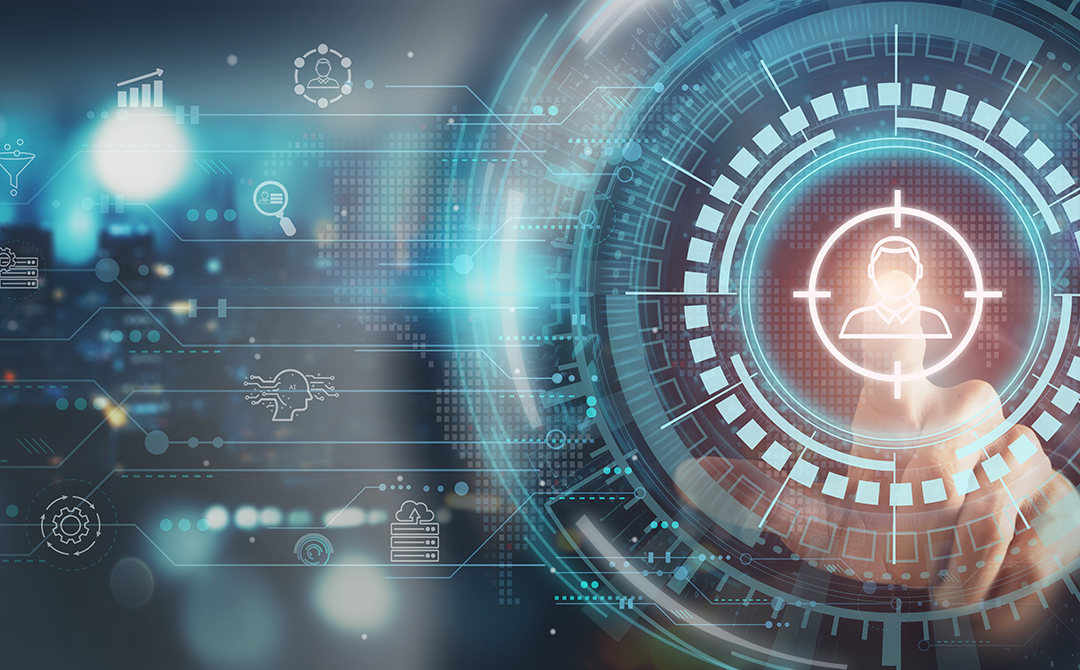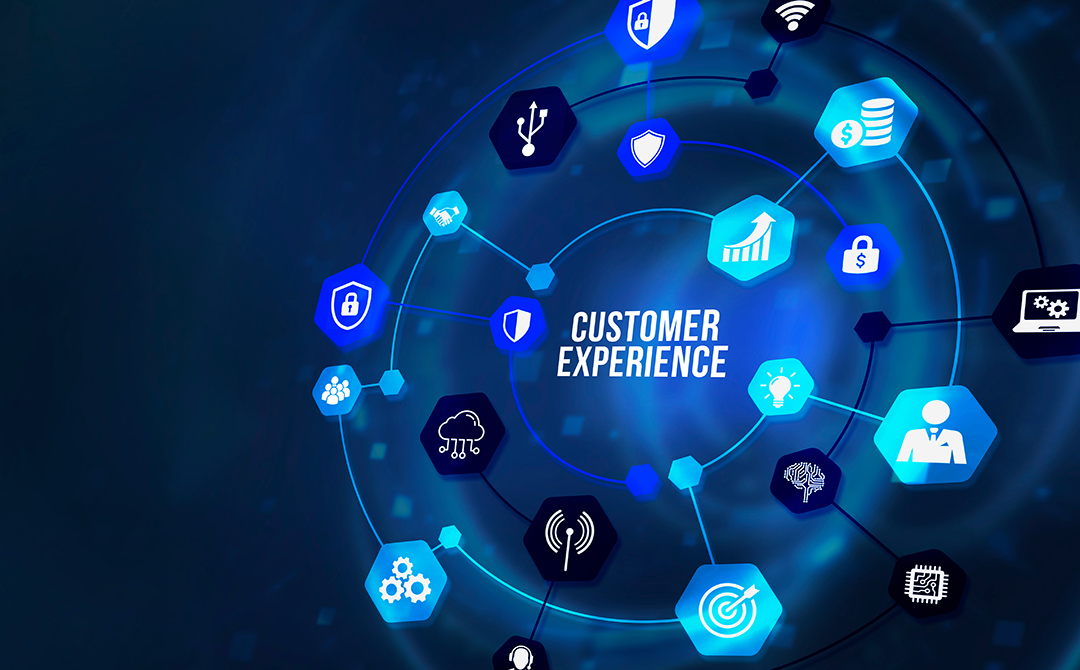
Consumers have evolved, so have their relationships with brands. Interestingly, a decade ago, high-quality products and low prices mattered most to them.
Although price and product quality still matter, there’s one more aspect that today’s hyperconnected consumers care about – Customer Experience (CX) – a buying experience that delivers value far beyond the initial purchase.
Over the last few years, many brands have been making tall claims about delivering superior customer experiences through customer analytics. However, a new study conducted by Verint® Systems Inc. of more than 34,000 consumers worldwide found that customer loyalty and retention are declining. In particular, two-thirds of consumers surveyed said they’re more likely to choose a competitor that provides them with the best customer experience. Creating a one-to-one, “Being in the moment” with customers truly focuses on solving frictions in their journey and ensures a quality experience.
The days of year-long segmentation studies are long gone; today the customers are multi-faceted, and their purpose determines the type of behavioral segment they belong to. Getting it fast and in the right hands is key. Thus, this aspect of ‘being in the moment’ for the customer requires a real transformation.
Consumers no longer only want services or products. They want a relationship built on familiarity and trust. Therefore, gaining true loyalty or motivating customers is a challenge, especially when they have many choices. Today, they can shop at the lowest price, have the best quality, faster delivery, and easily avail themselves of the option to buy now and pay later. Therefore, competition on such choices will lead to commoditization, with little added value to them. However, the competition for personalized experience will lead to transformation, making experience their “first choice.”
This is the “Age of Consumers”
What do most brands do? They confuse modern consumers.
Most organizations are so obsessed with their business objectives that they put customers at the bottom of the totem pole, those phony “offering the best service” signs posted on the office walls – they are far from reality.
Consumer-facing departments in many organizations are so misaligned that each team sacrifices customer goals and instead leverages customer analytics to achieve their objectives. Such siloed efforts, misaligned metrics, and one-dimensional models lead to a discordant or bad customer experience.
Past efforts were shortsighted
Up until now, many brands have failed the customers.
They have mainly relied on the inside-out perspectives of the “next best trilogy” forebears (next best product, next best offer, and next best action) and emphasizing the whole experience around their product or service.
Now this “next best trilogy” has become redundant. Here’s why.
Each of these forebears was designed for marketing success – delivering the right message to the right customer at the right time. However, in real-world scenarios, marketers only optimized these for increasing engagements or driving sales. Marketing organizations prioritize customers based on marketing ROI and end up sending promotions to an already engaged customer. The siloed goals, data, and decisions create a phony offering with little to no value.
However, does closing a deal mean a loyal customer?
Absolutely Not. Because making a sale does not guarantee the delivery of the best customer experience.
Where does the “Next Best” Trilogy fall short?
- Next Best Product: It focused only on recommendation or cross-sell propensity models. Though it’s effective for generating average revenue per user (ARPU), it doesn’t put enough emphasis on other aspects of the customer-brand relationship.
- Next Best Offer: Not all customers are the same. So, different outbound quotations must be designed for different customers. The “next best offer” was more effective than the “next best product” as it was more tailored for different sets of customers. It focused only on campaigns, but such a narrow focus has led to ad fatigue among customers.
- Next Best Action: Powered by artificial intelligence, it focused on the business, and hence, it was primarily market-focused. Many companies invested in real-time interaction management (RTIM) to better understand the context and anticipate customer needs but still failed to make their customers feel valued for their loyalty. In fact, it has worsened the relationship between the customer and the brand.
Interestingly, each offered only inside-out perspectives and largely focused on the business objectives, not customer experiences. This has made most businesses interchangeable.
It’s time to make a shift
It’s time to move on from the “next best trilogy” forebears (next best product, next best offer, and next best action) to the next best experience (NBX).
Can this really fix a broken experience?
Modern customers expect brands to create a contextual experience based on a complete understanding of the customer profiles and their interactions. This calls for connecting all the customer data, touchpoints, purchase behaviors, indicators, and engineering personalized experiences at scale.
NBX: The Holy Grail of Customer Analytics
Next best experience isn’t about creating a delightful experience. It’s about making each interaction better. The constant evolution of experience to changing needs of customers creates an imperative to constantly improve every touchpoint. This new paradigm, a new model, is needed in today’s competitive business landscape – the next best experience (NBX).
It’s the recommendation-based, ideal ‘next interaction’ that a customer should have with a brand. Regardless of the business domain, these recommendations are based on signals gathered and analyzed from the customer data along the journey and then used across marketing, sales, customer support & service, finance, etc.
Unlike other models, NBX doesn’t necessarily recommend actions at all times.
An effective NBX campaign is a blend of:
- Quality customer data: Collated and analyzed across all touchpoints of the customer journey. NBX is grounded in the context of the customer journey.
- Focus on engagement metrics (e.g., customer lifetime value, headroom potential) will help teams align strategically with the program objectives and deliver outcomes instead of marketing ROI and marketing spend. Outcome-driven metrics will help discover new customers who aren’t engaged and who have more significant spending potential. Concentrating on metrics such as campaign ROI will only lead to prioritizing already engaged customers.
- Understand the reasons for the “why” of customer choice vs “what”: The products/channel the customers choose enables a deeper understanding of their personalities, motivations, and behavior which are more advanced metrics than understanding & predicting their next purchase, next product, etc. This creates the base for crafting the “Next Best Experience”.
- Anticipating customer experience: Waiting for customer feedback often delays the efforts to resolve customer experience issues. However, the contextual use of signals at different touchpoints in the journey helps meet evolving customer expectations.
- Openness to experiment, fail and learn: Brands must experiment, fail, and turn all that learning into customer knowledge. Knowledge graphs of customers are built through micro-experiments that help provide a deeper understanding of customers’ preferences and choices.
- Define new roles & change management: Companies might need to reorganize their departments and roles, and some traditional roles might get morphed into new technology-based ones to have transformative effects on the business.
NBX brings all the teams together and aligns them around a common mission of delivering consistent, personalized, and immersive customer experiences. Delighting customers consistently isn’t possible but making it seamless or anticipating their needs can be done. Today’s best experience is tomorrow’s basic customer expectation. Transformational CX organizations focus on changing customer dynamics, buying behaviors, and always focus on what’s the ‘next best experience’ they could offer customers.
Marching toward the “Next Best Impact” model
Forward-looking organizations are already laying the necessary groundwork for tapping emerging opportunities and adapting to the ever-changing customer behaviors using long-term strategic and operational models. These efforts are geared towards delivering “the next best impact” and reimagining customer experiences.
We must be prepared to see brands slowly eroding the traditional roles of marketing and CX, embracing customer journey analytics, delivering greater value, and memorable customer experiences while balancing customer privacy and convenience. Simply put, making the “next best impact” that forward-looking brands often set out for.

AUTHOR - FOLLOW
Praveen Koushik Satyanarayana
Practice Director, Customer Experience Management
Topic Tags




